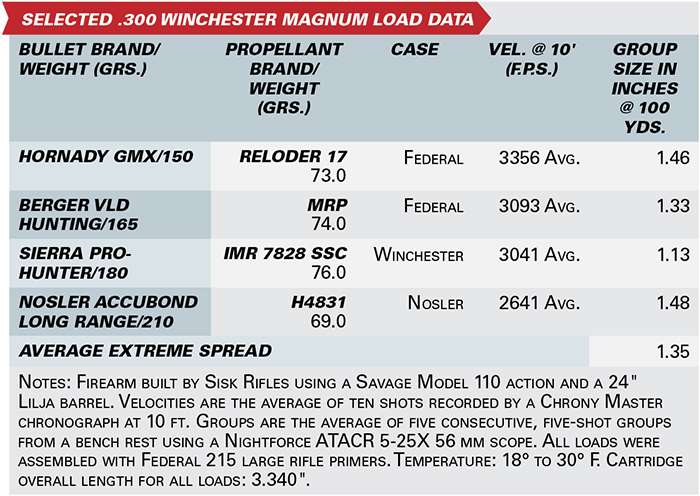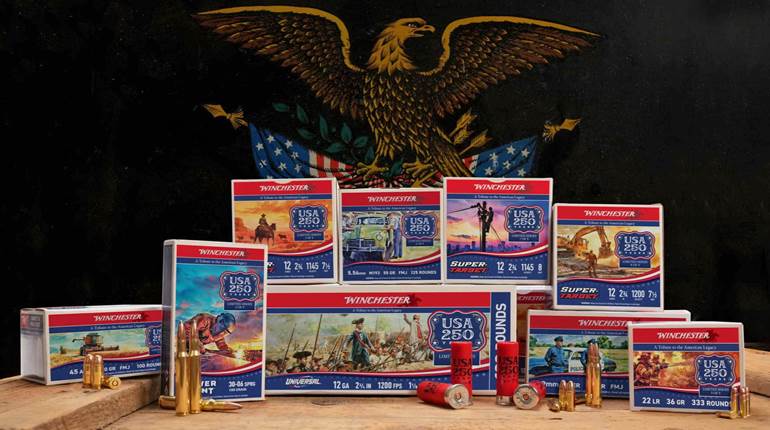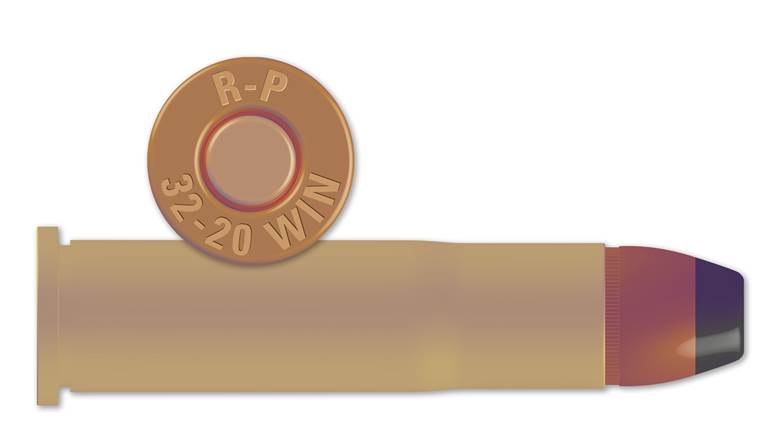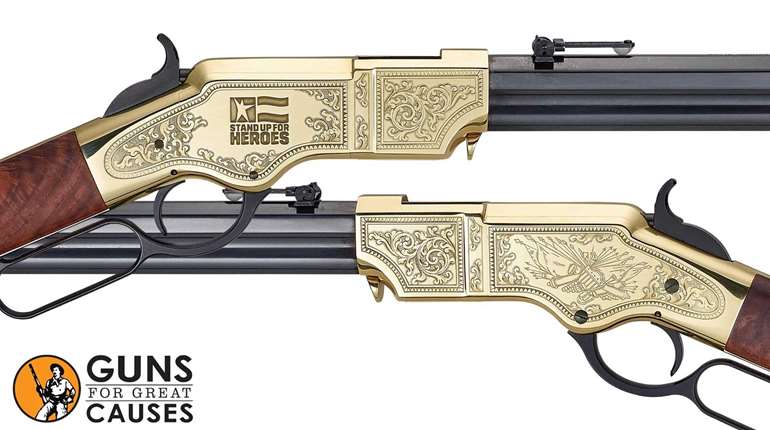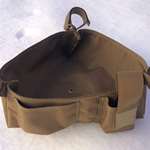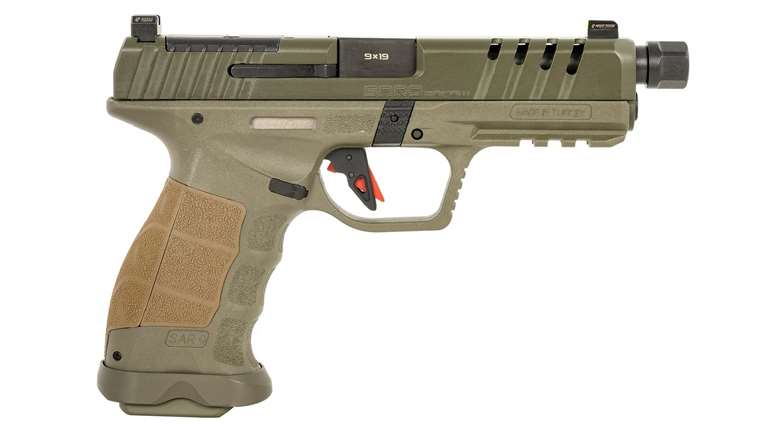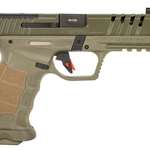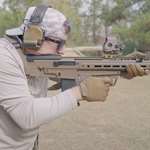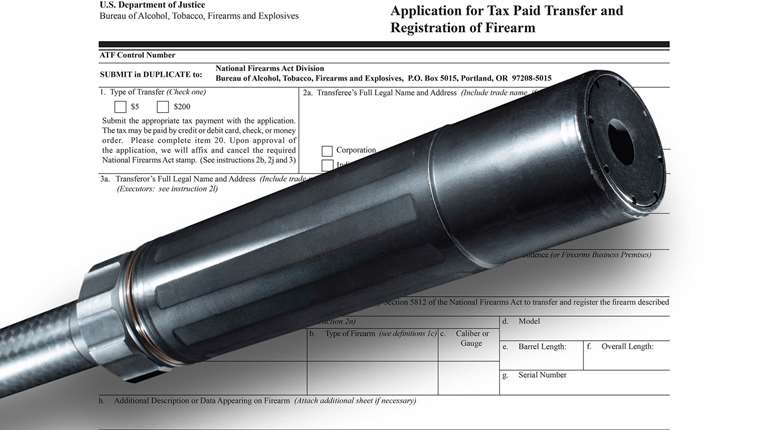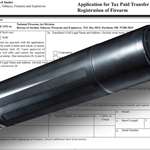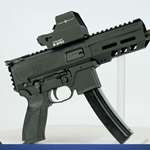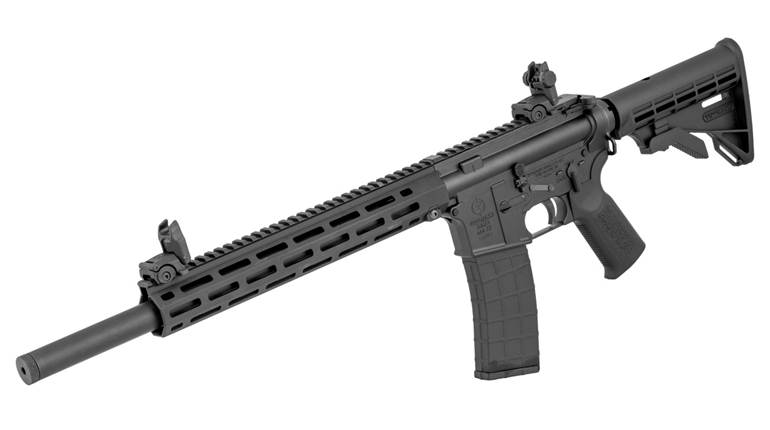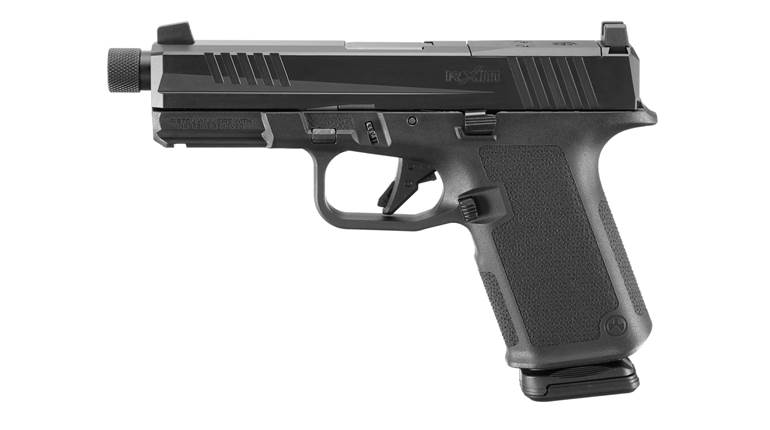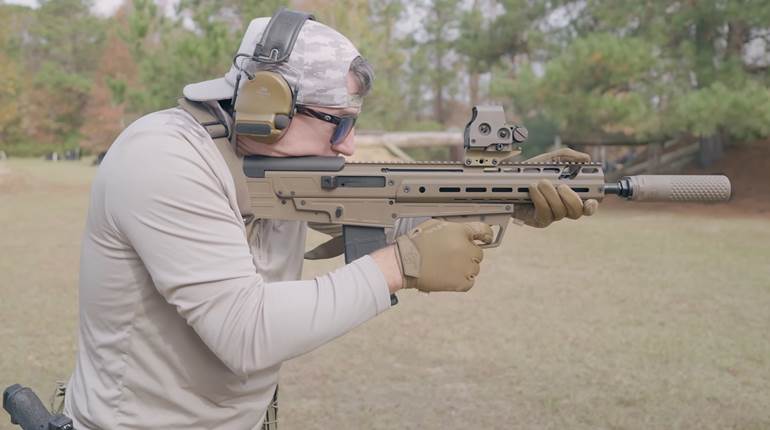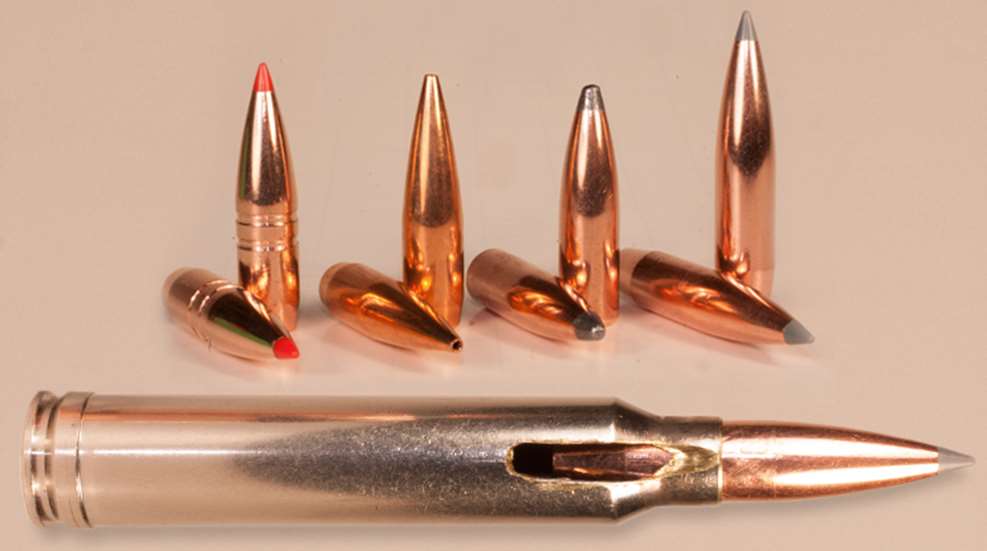
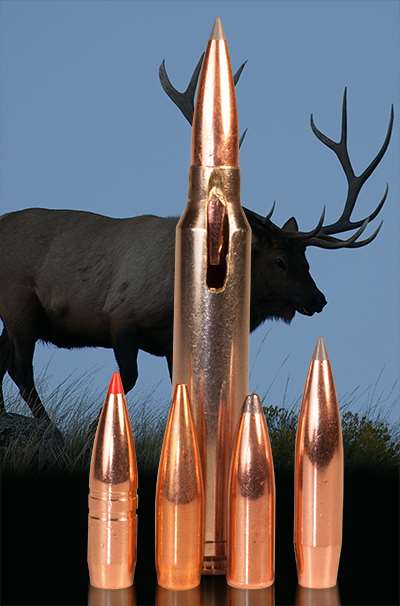
The .300 Winchester Magnum was not the first, and is certainly not the last, large-capacity cartridge to fire .30-cal. bullets. The .30 Newton fired the first magnum a century or so ago. In turn, the .300 H&H and .300 Weatherby magnums had proven themselves in the hunting fields for nearly 40 and 20 years, respectively, before Winchester presented its .300 magnum in 1963. In the past decade, more cartridges with significant size or compact proportions have come along to rake off a portion of the Winchester cartridge’s success. But of the dozen or so .300 magnum cartridges, either short or tall, fat or slim, the .300 Win. Mag. is far and away the most popular.
The .300 Win. Mag. has come out on top for a variety of reasons. For one, it is chambered in readily available rifles in every action style—except a pump. With plenty of practice, shooters can abide the .300’s stiff recoil to take advantage of its accuracy and, many say, its terrific lethal performance on large game such as elk. Not the least, handloaders can tailor the .300 to fit their exact hunting requirements.
Bullet Selection
Correct bullet selection is necessary for the .300 Win. Mag. to compensate for the 200 to 300 f.p.s of additional velocity it achieves compared to the .30-’06 Sprg. Logic suggests a lightweight bullet at high velocity is best for whitetails and antelope because it will readily expand against the thin ribs of this smaller big game. But a bullet of conventional construction will wreak bloodshot meat from neck to knees on an antelope. Better to shoot a bullet that remains whole, like a Hornady 150-gr. GMX that stops expanding halfway down its length, or a heavier bullet that expands less due to its lower velocity. I shot an antelope one October afternoon with a Nosler 200-gr. Partition fired from a .300 Win. Mag.-chambered rifle. The bullet hit the antelope at 200 yds. and poked a neat hole in and out of its ribs without ruining a bite of the delicious meat.
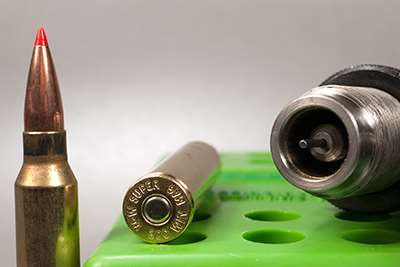
The .300 Win. Mag. is most popular among hardcore elk hunters. They want weight to their bullets and mostly shoot 180s and a few 200-gr. bullets. But weight alone fails to make a good all-around elk bullet. A friend of mine hunts elk in the open country and in the sparse trees near timberlines. He shoots Sierra 180-gr. GameKing bullets from his .300, and the bullets work well on distant shots. But he is hampering himself on occasional short shots in the timber because those Sierras under a full head of steam tend to fall short in terms of penetration—necessary for quartering shots—and mash flat when they hit bones.
The shelves of sporting good stores are full of effective elk bullets that work well up-close and still expand at a distance. Among those stacks of bullet boxes are Barnes Triple Shocks and Tipped Triple Shocks, Hornady InterBonds, Nosler AccuBonds and Partitions, and Swift A-Frames and Sciroccos.
Propellant Considerations
The .300 Win. Mag. has a voracious appetite for powder. It burns 20 to 25 percent more propellant than the .30-’06 Sprg. to gain a 10 percent increase in velocity when shooting the same weight bullets. About 80 grs. of relatively slow-burning propellant, such as Hodgdon H1000 and RETUMBO, IMR 7828, Ramshot Magnum and Alliant Reloder 22 and 25, are required for the .300 Win. Mag. to boost velocities 300 f.p.s. over the .30-’06. With those propellants and others, though, the .300 Win. Mag. really puts the hammer down.
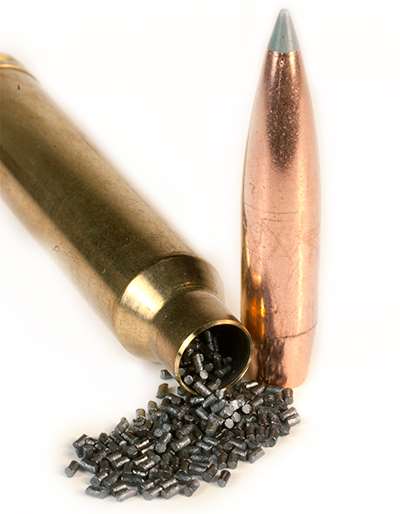
Of course, that performance comes with the drawback of recoil. A 180-gr. bullet fired from a 9-lb. .300 Win. Mag. rifle with a cartridge loaded to the upper limit, smacks the shoulder with 35 ft.-lbs. of recoil energy. I looked around for a free pass from recoil to shoot the loads listed in the accompanying chart. I came up with a rifle built by Sisk Rifles based on a Savage Model 110 action with a Lilja barrel capped with a muzzle brake and clamped in an aluminum Sisk Tactical Adaptive Rifle stock. Together with a Nightforce ATACR 5-25X 56 mm scope, the whole outfit weighed 15 lbs., and recoil was like a pat on the back shooting even the most potent loads.
From the Sisk rifle, and several other .300 Win. Mag. rifles with 24" barrels, propellants such as IMR 4350 and Reloder 17 produced the highest velocities with 150-gr. bullets. Comparatively slow-burning propellants such as H1000 and Magnum were close behind in speed, however, the charge weights required are about 10 grs. heavier.
These slower-burning propellants come into their own with heavier bullets. Nearly a caseful of H1000, IMR 7828, Magnum, Norma MRP and Reloder 22 and 25 launch 180-gr. bullets at 3050 f.p.s. Reloder 25 and RETUMBO are top choices for the fastest speeds for 200-gr. bullets. I was a bit disappointed with the velocity H4831 imparted to Nosler 210-gr. AccuBond Long Range bullets. The Nosler website (nosler.com) lists loads for only H4831 and slower-burning IMR 7828 and Reloder 22 for this new bullet. I should have followed my own advice and loaded the bullets with these slower-burning propellants.
Critics of the .300 Win. Mag. point out several shortcomings of the cartridge. One is that the typically long bullets protrude deep into the .300’s case and encroach on its propellant space. This is supposedly a ballistic no-no. However, the .300 case contains plenty of room for 80-some grains of propellant and a drawn-out bullet such as the AccuBond Long Range. Despite prevailing belief, the .300’s short neck provides more than enough grasp to securely hold a bullet. I have bumped around .300 cartridges in my pack and pocket for days and other cartridges in my rifle’s magazine have received repeated knocks when the rifle was fired, and have been constantly cycled in and out of the magazine. The bullets in those cartridges remained locked in place. The belt on the .300 case is a relic of the past used to regulate headspace, but handloaders can just ignore it and adjust their size die to set headspace off the case shoulder.
The .300 Winchester Magnum after 52 years is still in style and turning in performances any big-game hunter can appreciate.

